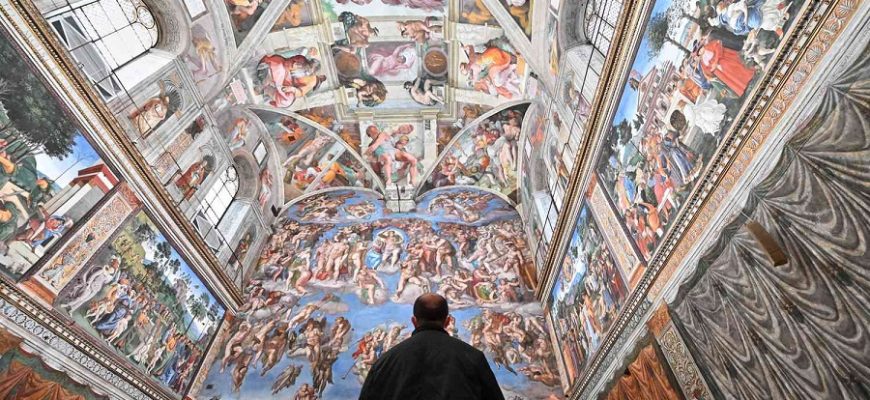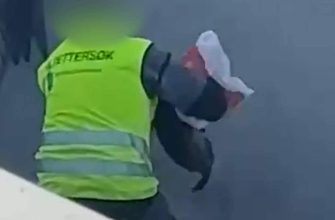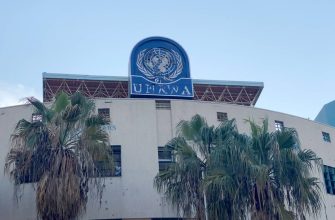In the book “Palette of Medical Findings,” doctors Armen Piruzyan and Gohar Shahsuvaryan describe many interesting syndromes associated with culture, artists, and travel. We present to your attention an episode of the book dedicated to “travel” syndromes, which will be useful if you are going to discover countries of the world with a rich cultural heritage.
“I was intoxicated by the thought that I would be in Florence, where I was so close to all the great people whose graves I had seen. Immersed in the contemplation of sublime beauty… I reached a point where you feel in seventh heaven. Everything was so close to my heart. If only I could forget. My heart was beating fast; in Berlin they would say it was “nerves.” It was as if there was no life left in me. I couldn’t feel my legs when I walked, it felt like I was going to fall.” These lines belong to Stendhal, a famous French writer of the 19th century. In his book “Journey from Milan to Reggio,” he outlined the impressions and emotions that gripped him in 1817, during his first visit to Florence. Stendhal was especially moved by the Basilica of the Holy Cross, where Machiavelli, Michelangelo and Galileo Galilei are buried.
In 1979, Italian psychiatrist Graziela Magherini called the described psychosomatic condition “Stendhal syndrome.” He recorded similar phenomena – rapid heartbeat, dizziness, fainting, clouding of consciousness, and sometimes hallucinations – in more than 100 tourists during their visits to the historical sights of Florence, in particular, while observing the works of famous masters in the famous Uffizi. gallery. Stendhal syndrome is also called “Florence syndrome” or hyperculturemia. Staff at the Santa Maria Nuovo Hospital in Florence, frequented by disoriented, dazed and bewildered art tourists, call the phenomenon an “art attack,” just as a myocardial infarction is called a “heart attack.” (acute cardiovascular disease). The “Jerusalem Syndrome” and the “Paris Syndrome” are also similar to Stendhal Syndrome. The latter is especially often described among older Japanese tourists and is more like culture shock.
Another memorable art-related medical syndrome is “Sistine Chapel syndrome,” a classic variant of which has been described in elderly tourists viewing the ceiling frescoes of the Sistine Chapel in the Vatican. Manifested by dizziness and fainting. The reason is a transient disturbance of cerebral circulation in the basin of the vertebral-basilar arteries, which is associated with the position of the neck and atherosclerosis of these arteries. Unlike the Stendhal syndrome, the hegemonic state does not play a role here. Experienced guides know this and show and interpret the Sistine Chapel to groups of elderly tourists only while standing in certain corners.”
Let us turn to the “Jerusalem syndrome,” first described in the 1930s. psychiatrist Heinz Hermann: This strange phenomenon, which is essentially psychosis, can manifest itself in tourists visiting Jerusalem, manifesting itself in 3 forms, of which the following type is more common: a person who has not previously shown mental instability, once in Jerusalem, separates from the group tourists, becomes extremely clean, covers his body with a white sheet and begins to preach on the streets of the city or in sanctuaries.
Perhaps the most famous story of a person suffering from this syndrome is that of Dennis Michael Rohan, an Australian pilgrim who attempted to set fire to the Al-Aqsa Mosque on the Temple Mount on August 21, 1969, leading to riots. in the city.
Prepared by Marine ALEXANYAN
Source: Medical Reports Panel, City Monitor.
According to the Law on Copyright and Related Rights, reproduction of extracts from news materials must not reveal a significant part of the news material. When reproducing excerpts from news materials on a website, the name of the media must be indicated in the title of the excerpt, and an active link to the website must be inserted.







